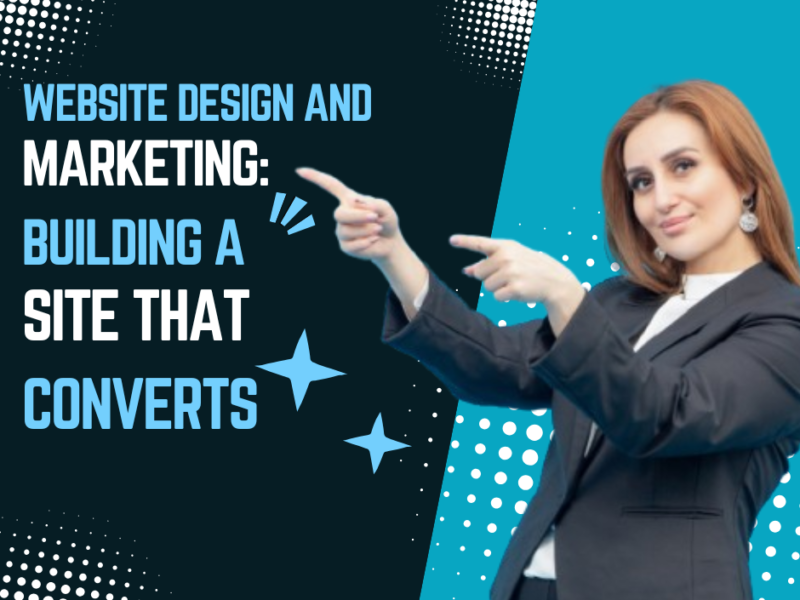
Days
Hours
Minutes
Seconds
Your Deal is Expired
|
|

Edit Content

As a leading online marketing company, always focuses on changing and improving businesses and their outcome.
Where to find us
- SN-3, First floor, ratauli road, near Town park, Bank Colony
- herry@hanuitsolutions.com
- +917082069620
Working Hours
- Mon-Sat : 9:00am - 6:00pm
- Sunday - Closed
Get In Touch
Facebook-square
Instagram
Linkedin

How to Find the Best Web Design Services Near Me
In today’s digital age, having a professional and engaging...

Website Design and Marketing: Building a Site that Converts
In today’s fast-paced digital landscape,...

The Best Web Designers Share Their Tips for Stunning Websites
Creating a visually appealing and user-friendly...

Custom Web Design vs. Templates: Which is Right for You?
When it comes to creating a website for your...

Why Working with a Web Dev Agency is a Smart Move
In today’s digital-first landscape, your website is...

Exploring the Best Web Design Companies for Your Next Project
In today’s digital era, your website...

Website Design Essentials: Key Elements for a Modern Site
Creating a website that stands out and engages...

Top 10 Best Website Design Companies 2025
In 2025, businesses are facing an increasingly competitive...
No posts found

